Legacy of the Void makes changes that won't appeal to all StarCraft 2 players
Pro = toss?
For around two years of my gaming life I was obsessed with Starcraft 2: Wings of Liberty. I got decent at it too, hovering around Platinum League with occasional forays into Diamond - the Koreans were hardly quaking in their boots, but I could hold my own at a reasonable level. More importantly I loved Starcraft 2. I watched it all the time, followed the tournaments and the Korean GSL, and studied the strategies of players I especially admired. After a while I moved onto other things, then 2013's Heart of the Swarm pulled me right back in - new units being the most obvious draw, but the shaking up of a tired metagame being the real secret sauce.
Starcraft 2 showcases what Blizzard is better at than almost every other developer, with perhaps the only comparisons being Valve and more recently Riot. A Blizzard game does not have a fixed lifespan. If it has problems, real problems, then they will be fixed - as the company tried to do with Diablo 3. If it is growing stale then it will get regular new content, as with WoW. And if it's intended to be a competitive experience, as with Starcraft 2, then it will be fine-tuned and expanded whenever necessary.
While it would be untrue to credit Starcraft 2 for the explosive rise of eSports in recent years, it was timed almost perfectly. Before streaming and video on demand eSports was the preserve of the dedicated, but Starcraft 2 was released when these technologies were suddenly widespread - and the audience for Brood War meant that Starcraft 2 had the opportunity to take advantage. These days the scene looks very different but, despite the nonsensical catcalls that this is a 'dead game,' Starcraft 2 hangs on in there. It has many critics, yet it has even more people who continue to play it. So what, in a landscape dominated by the MOBA, does the upcoming expansion Legacy of the Void do to get this old warhorse geed up for one last battle?
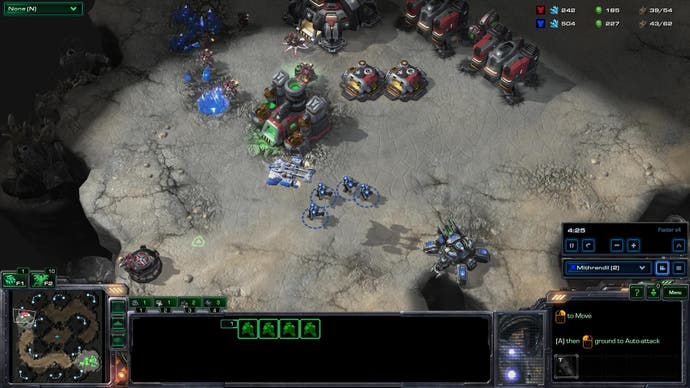
The first and most far-reaching decision, and the reason I mention my previous experience, is speeding everything up. The games don't run any faster, but whereas in Wings of Liberty and Heart of the Storm you began a match with 6 worker units, in Legacy of the Void you begin with 12. The knock-on effects of this are simply enormous. It entirely removes the traditional opening phase of the game, the first minute or two where you slowly build workers and initial structures, while scouting and working out what you're going to do.
This means that matches ramp up in complexity much more quickly. You can take a second base ('expanding') within the very first minute, and even if you go safety-first can expand soon afterwards. There are obvious upsides to this from the perspective of both pros and spectators. The joy of Starcraft 2 is in the tension between micromanagement and macromanagement - the best players need to not only build bases and expand across the map, but control their armies in every skirmish. Watching someone like Polt, a Terran player who depends largely on the tier one marine, is brilliant because his strategy depends on both excellent macro (producing tonnes of marines) and then micro-ing his massed forces against the often technically superior army of his opponent. It's a tactic that just doesn't work unless you excel in both respects.
One of the odd tensions in Starcraft 2 is that the first few minutes of pro matches are relatively dull to watch, unless someone's doing a crazy cheese tactic, but when actually playing they never feel like this. I usually skip the first few minutes of a video because I've seen it a million times before, but deeply enjoy the same thing when I'm in control. The worker change in Legacy of the Void is thus great for the game as a spectator sport but, for me as a player, it has proven ruinous.
I've taken so many beatings in Legacy of the Void that I feel like a tomato can. Part of this is simple rust. And perhaps another aspect is that the limited audience for the beta thus far means there's a higher standard of player. But man I've taken a kicking, and my main difficulty has been with how much faster a match scales. The difference between a decent Starcraft player and a great one is how efficient they are at managing their economy. I can have two bases running like clockwork, and just about keep three on an even keel without floating too many minerals or gas. Once things go beyond that, I'm flailing.
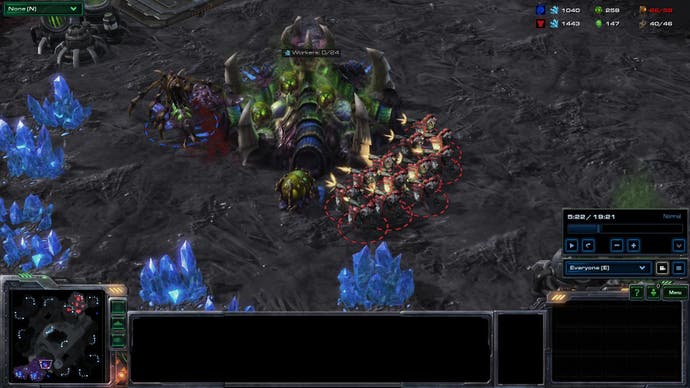
In Legacy of the Void not only are you expected to expand much faster, but the minerals at each base are less plentiful. So by the time you're taking your fourth base at, say, the 10 minute mark, your starting base is running out of resources. Base-juggling has never been my strength, and this was always compensated for by the fact I knew how to reliably execute various two- and three-base strategies. The problem is not that my old playbook has gone out of the window - that's exactly what an expansion should do - but that the fundamentals have changed. To non-fans Legacy of the Void may just look like Starcraft 2 all over again. To anyone who has played the previous games, the difference feels gigantic. Everything you know about Starcraft 2 has changed.
On top of this new pace, the majority of new units (and changes to old ones) are micro-intensive both ways. Take the Zerg Ravager, an upgrade to the Roach: this unit attacks faster than a Roach but has less health, and a damaging ability called corrosive bile that needs manual targeting. So to use the Ravager requires skill, but to fight against it also requires that you dodge the manual attacks. This in itself is not an issue, it's good unit design. But then the Lurker, a returning favourite from Brood War, is a Hydralisk upgrade that burrows and shoots spines along the ground which can be dodged.
I mainly play as the noble Terran race and facing Zerg in Legacy of the Void has been humbling - because playing with a bio army was already a micro-intensive match, dependent on splitting up your forces against Banelings and generally positioning well. Add Ravagers or Lurkers into that mix and it's another thing to dodge, with Lurkers in particular requiring only that they be burrowed before attacking automatically. One solution is to build the new Cyclone unit, a fast mech that can lock-on and deal out punishment from an enormous distance. Another is to try and micro around the spines while also fighting the main Zerg army, which in my case means typing 'GG.'
The theory behind Legacy of the Void's changes is solid: the skill ceiling is raised enormously, and many more opportunities for micro will lead to pro matches where the best player wins. My critic's instinct is to say this is a good thing, but the fact is I didn't enjoy my time with Legacy of the Void. So let me posit an alternative theory. What if, alongside the skill ceiling, the floor has been raised? What if Legacy of the Void makes Starcraft 2 a game that is hard to enjoy without god-tier skills and a huge time investment? It's worth some thought. Legacy of the Void may well be the ultimate expression of Starcraft II as a competitive game, and lead to more amazing matches than we've seen from Wings of Liberty and Heart of the Swarm combined. I also don't think I'll be playing it, and so I probably won't watch them.
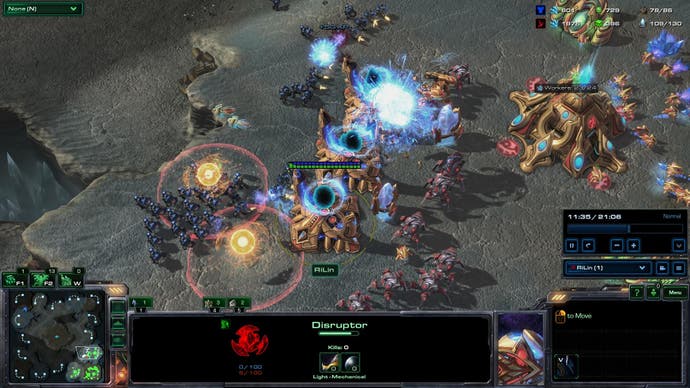
There's an awful point in Starcraft 2, it's always been there, where you rub up against your own limits and realise that even though you understand what to do your fingers just don't work fast and accurately enough. You sometimes play people that, if you had 100 games against them, you'd be lucky to win 2 or 3. The matchmaking has always been so good that this is a rare feeling - opponents stretch rather than stomp you. In Legacy of the Void this inadequacy was all I felt.
All eSports have to consider the balance between serving their competitive communities and being accessible to a wider audience and playerbase - there's no point having the best game in the world if no-one's watching. In the case of Dota 2 or League of Legends the communities themselves are so big that this balance doesn't matter: these games don't appeal to anyone outside of their niche, but the niche is so huge who cares?
It feels like Blizzard has plumped for this route with Starcraft II: Legacy of the Void, focusing on serving the community it already has rather than attracting anyone new. It may be that I just need to git gud scrub, but it may also be that this is a misjudgement. Blizzard's games are designed to last, and the developer is assiduous in tuning them to find the right balance between competitiveness and fun. At the moment Legacy of the Void is all about the former, and will doubtless find supporters for exactly that reason. But in the absence of the latter, it'll be interesting to see how many stick around.
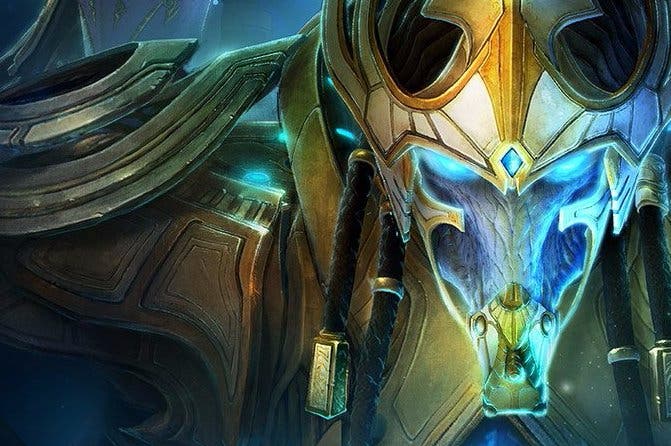

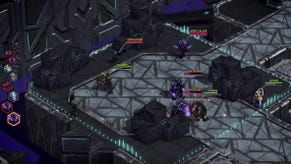

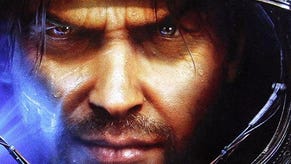
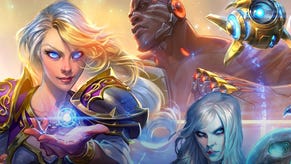
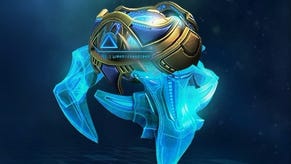
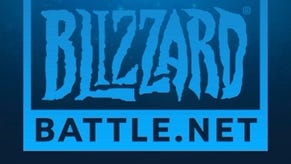

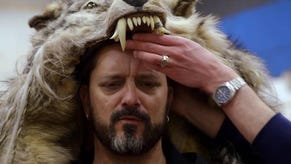



.png?width=291&height=164&fit=crop&quality=80&format=jpg&auto=webp)



